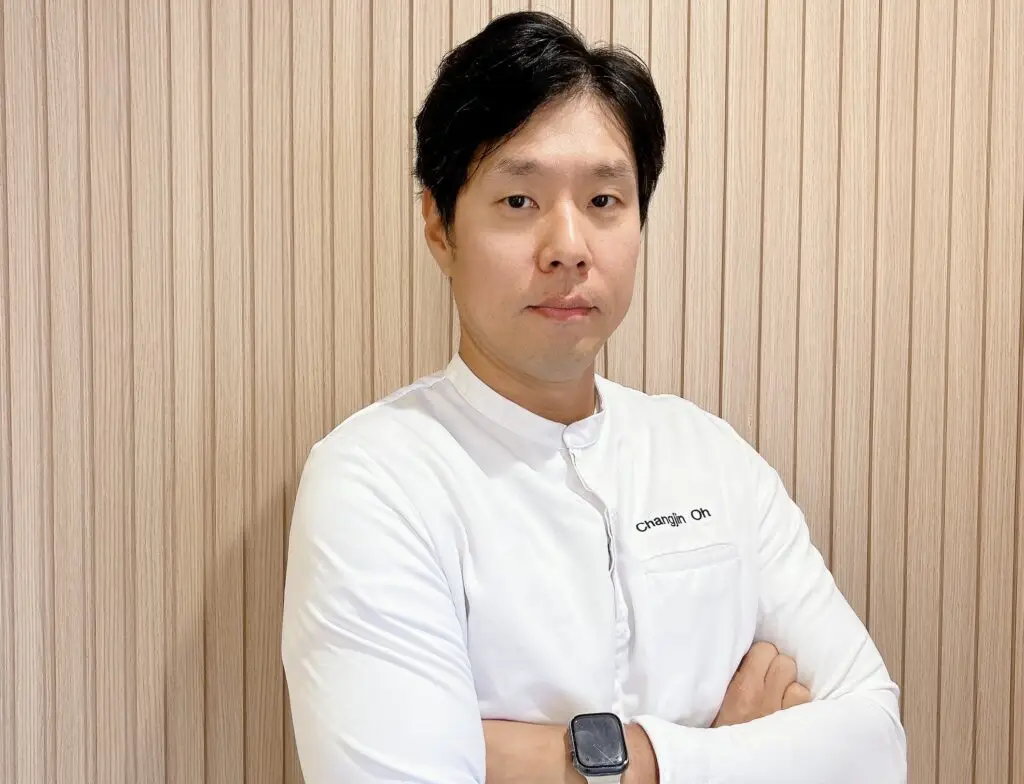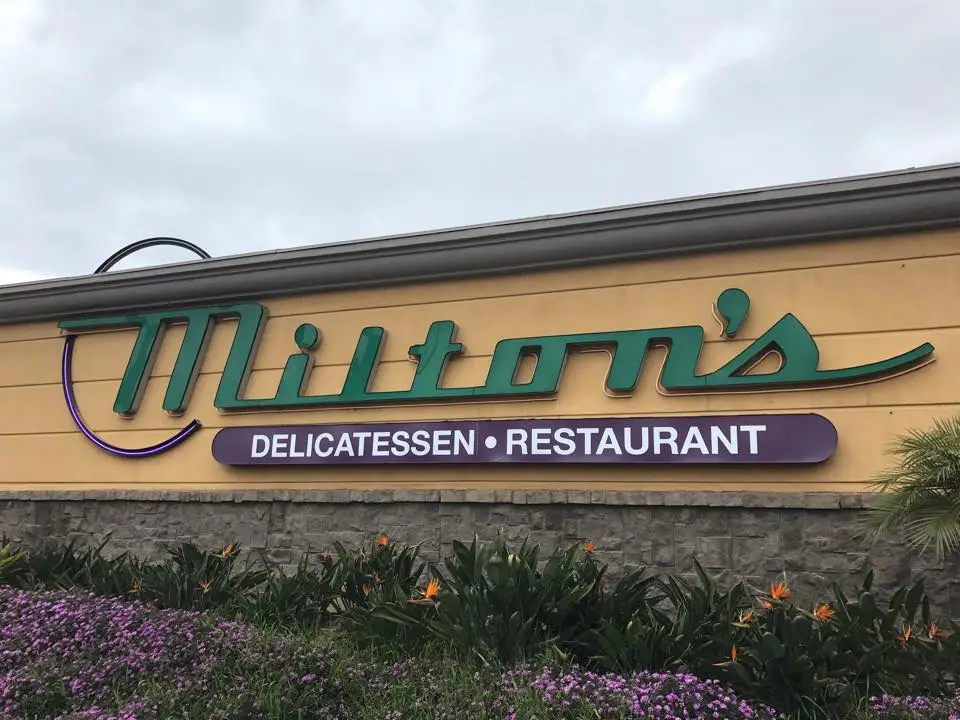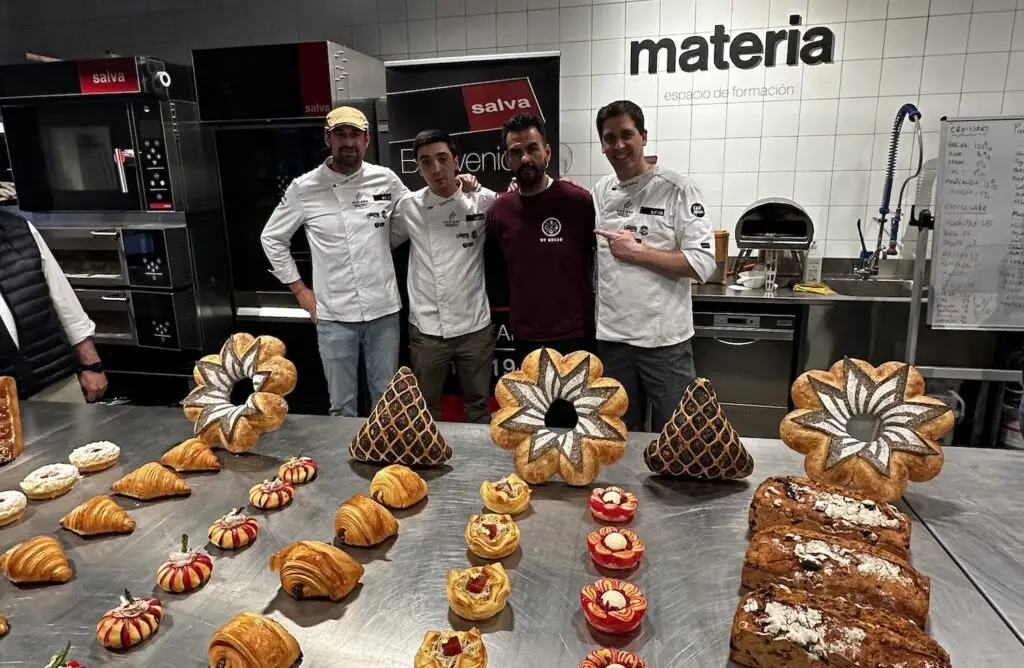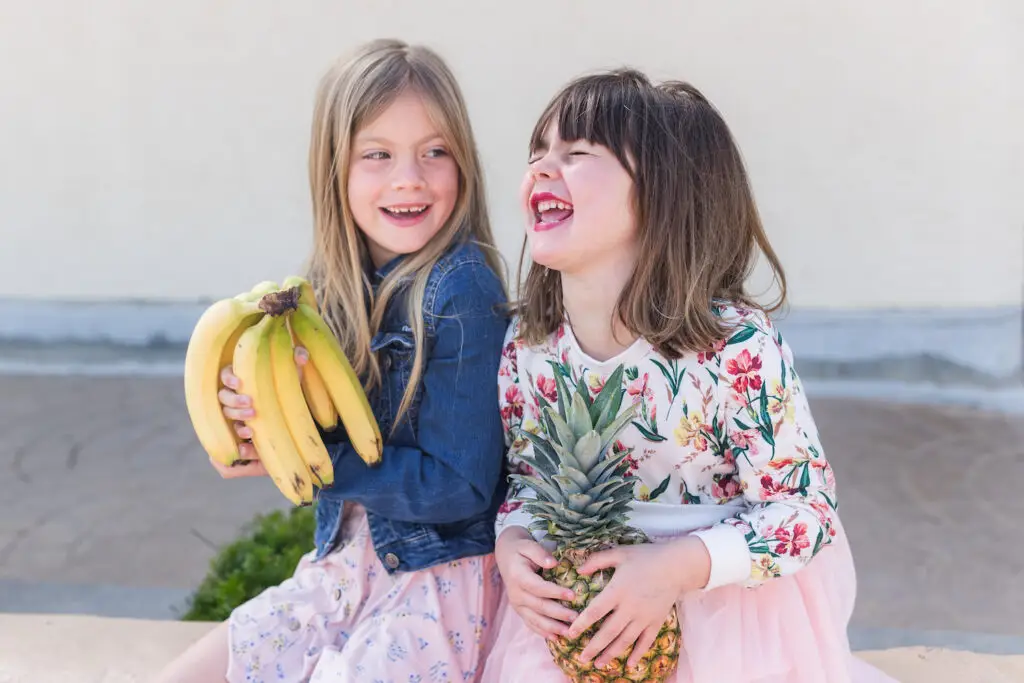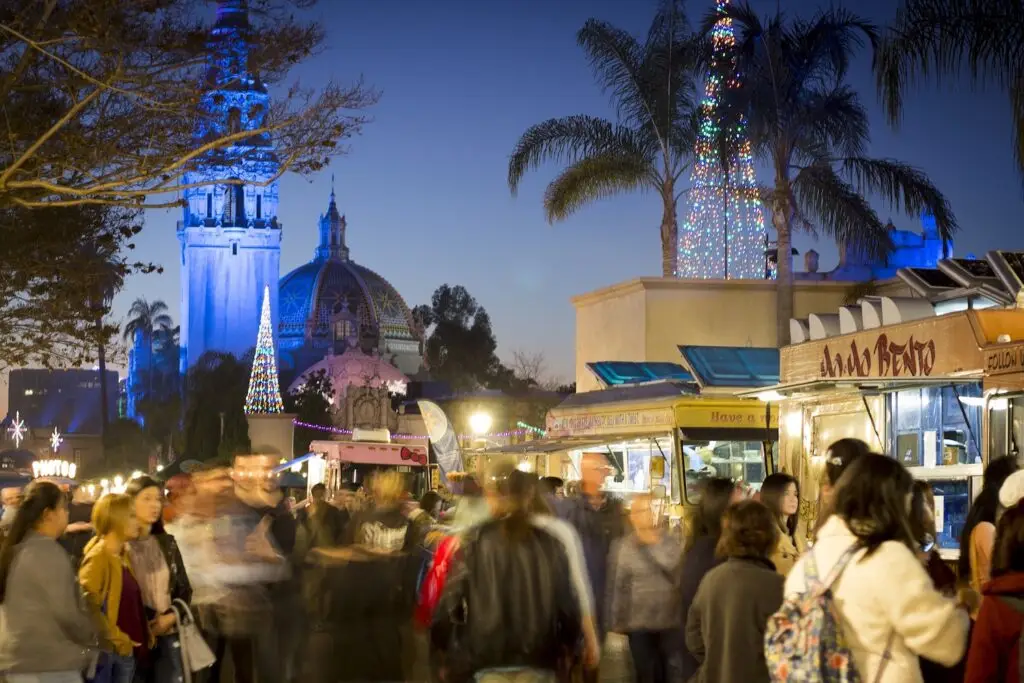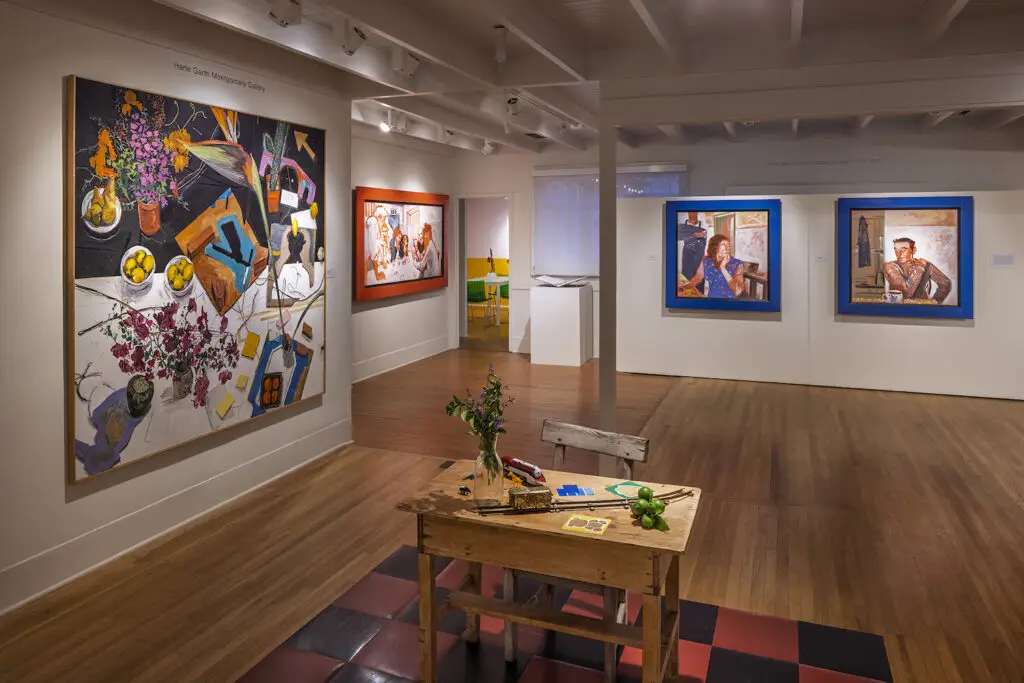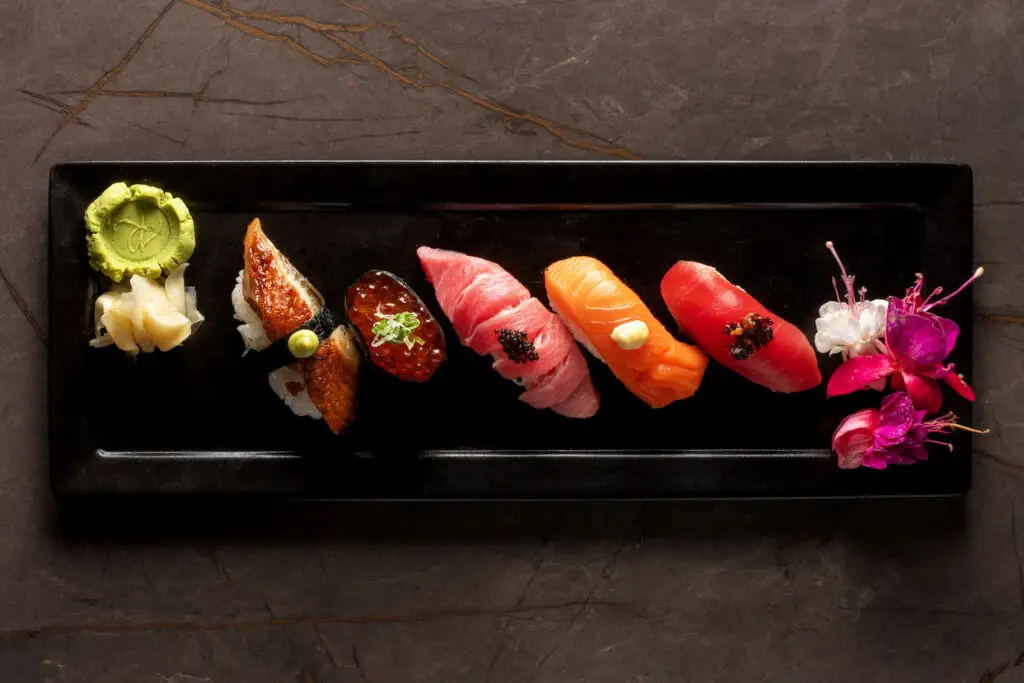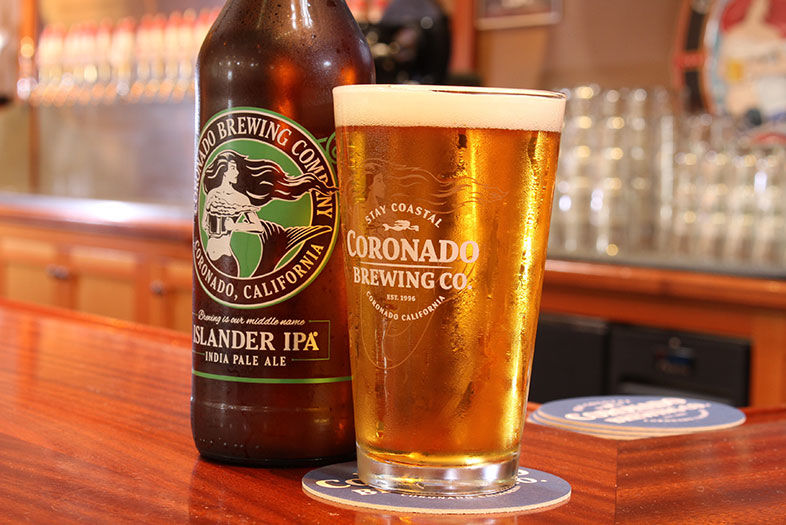With all the noise that tends to surround the craft beer industry these days, it’s nice to stop and recognize the folks who work quietly, steadily, and humbly on their own—just plugging away and making great beer.
For the past twenty years, Coronado Brewing Company has been quietly getting things done. Like their fellow 20-year-old colleagues—Stone and Ballast Point—Coronado has grown from a small operation into one of San Diego’s largest and most respected breweries, now with three locations. You may not see their faces in as many glossy magazines or slick videos, but the growth and success that the folks at Coronado have achieved is just as impressive as that of any brewery in town.
As young guys, Rick Chapman and his brother Ron had a longtime dream to open a brewpub; by 1995 they decided to make it happen. A twenty-something named Shawn DeWitt was working for Rick as a barista at the time (at Café 1134 on Orange Avenue) and the brothers asked Shawn to be a partner in the new venture. When Shawn inquired what his role would be, the Chapmans said they had him slotted to be the brewer. Even though Shawn had never brewed before, he was up for the challenge. He began training at the old La Jolla Brewing Company five days a week and spent eight months learning from two brewers named John Atwater and Ben Frymark. Meanwhile, Ron and Rick were at their new space on Orange Avenue (formerly Buzzy’s Cove) setting up a 10-barrel brew house and overseeing restaurant renovations. By August 1996, Shawn and the brew house were ready for action.
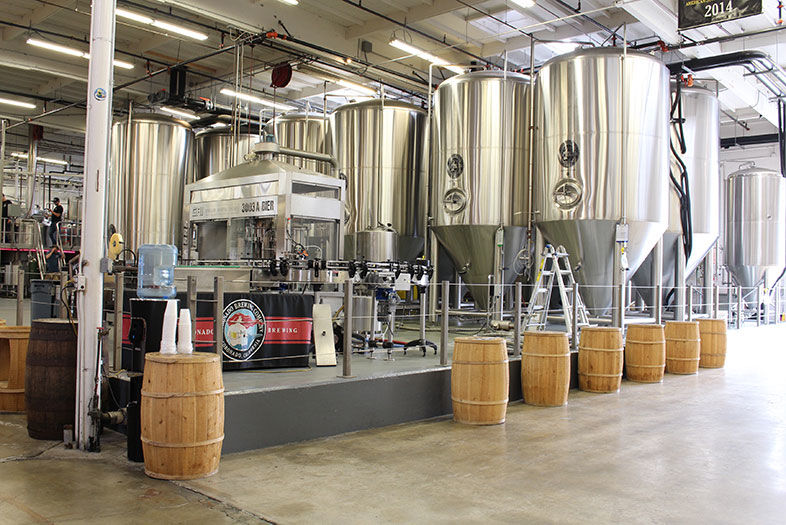
Mermaid in the Shade
Tanks at Coronado Brewing Company | Photo by Bruce Glassman
Tanks at Coronado Brewing Company | Photo by Bruce Glassman
The original brewing space was a lot like a space capsule; it was about 200 square feet all told. Shawn remembers that, when he first began brewing, he had to work behind a bunch of plastic sheets that separated his area from the restaurant while it was under construction. “That tiny space was my work environment,” Shawn recalls. “I was basically in that bubble, trying to figure out how to make beer.”
Twenty years ago, lots of folks in town were really still figuring out how to make beer. “There were maybe ten of us,” Shawn remembers. “Stone, Ballast Point, AleSmith, Karl Strauss, Hang Ten, Hops Bistro, La Jolla Brewing Company, Pizza Port, and Callahan’s, I think it was. It was unique. We all knew each other. We all shared ideas about how to do things because there wasn’t anyone else to call. If I had an issue with, say, my glycol not working, I would call one of the other breweries.” Shawn says he got a lot of help and advice from his fellow brewers, especially Steve Wagner and Greg Koch at Stone, who were always willing to answer his questions.
One brewer in particular, Tom Nickel, gave Shawn what turned out to be invaluable help. “In the early days,” Shawn recalls, “I was taught to use a one-time pitch, a dry ale yeast called Nottingham. It was a 500-gram package. I would rip it open and I would dump it in, close the fermenter, and that was it. I would never re-pitch any yeast. And, not knowing that much at the time, I thought this was great. You couldn’t mess it up. If you don’t re-pitch, it can never go funky on you.” It wasn’t long before a bunch of Shawn’s brewer friends encouraged him to switch to White Labs for yeast instead. White Labs is a local company that provides fresh liquid yeast, and liquid yeast produces a superior product that can also be harvested after fermentation and can be re-used numerous times. “So what happened was Tom Nickel came over to the brewpub and showed me how to use liquid yeast,” Shawn remembers. “He said he had a yeast strain that everybody uses—Cali 01—he said it’s very neutral, and that it will improve our beers and will reduce our yeast costs.” From there on out, it was White Labs yeast all the way.
Shawn believes that even his generation, which had been there for the massive IPA craze, is suffering from a little bit of palate fatigue.
In their first year, Coronado produced about 550 barrels (1,100 kegs) of beer. As he gained confidence and mastered the system, Shawn was able to let his own brewing style develop. His first batch was a single-hop (Chinook) IPA that he dry hopped (this eventually became Islander IPA). Then came what used to be called Red Rock Amber, a recipe that later evolved into one of their bestsellers, Mermaid’s Red. Of course, Shawn’s early beers were made for a 1990s beer-drinking consumer, one that had different tastes from those of today. “I’ve seen the pendulum swing,” Shawn says. “When we first started, pales and ambers were pretty hot. Then it moved toward IPAs. Then it became double IPAs, and then barrel-aging and sours—it was kind of getting out there. But now, twenty years later, I’ve noticed that our Mermaid’s Red consumption—which has always been stable, is starting to increase. And Seacoast Pilsner is also starting to go up. I feel like a whole new generation of beer drinkers have come of age and they’re starting with the lighter styles of beer.” Shawn also believes that even his generation (he’s 46, with two kids), which had been there for the massive IPA craze, is suffering from a little bit of palate fatigue. That generation, too, is going back to the lighter, sessionable, more straightforward beers. Speaking for guys like him, Shawn says, “The old days of crushing the big-boy beers and then getting up early in the morning doesn’t work so well any more.”
By the early 2000’s, it was becoming clear that Coronado would need a much larger space to keep pace with their accelerating growth. They began supplementing production by brewing on a small, antiquated brew house in the original Mission Brewery Building on Hancock Street, but even that was not enough to keep up with demand. “We were busting at the seams at the brewpub,” Shawn remembers. “We were trying to bottle there, doing 22-ounce and 12-ounce bottles. There was no cold storage. No space to store bottles or kegs. Nothing! We had no space whatsoever! Literally, it was horrible. And it drove me crazy.” In 2007, they built out some next-door space at the brewpub, which allowed them to add more than a dozen 20-barrel tanks. Shawn was happy to have more room, but all that new capacity meant he had to do double brews five days a week just to keep the tanks filled and their thirsty public sated.
During the summer of 2011, a new 25,000-square-foot facility on Knoxville Street in Bay Park became ready. With a 30-barrel brew house and an infinitely larger production capacity, Coronado was poised to officially enter the realm of medium-sized brewery.
By the end of 2015, Coronado was approaching nearly 40,000 barrels of production. Total staff had grown to 180 people (from 30), but despite the enormous growth, somehow the company still found itself in much the same predicament it had been in years before. Shawn says, “Our issue now is the same: we can’t make the beer fast enough.” (Plans are already underway to add another 30-barrel brew house to the Knoxville operation.)

Mermaid in the Shade
Coronado Brewing’s Tasting Room | Photo by Bruce Glassman
Coronado Brewing’s Tasting Room | Photo by Bruce Glassman
A good portion of Coronado’s explosive growth—especially in the past two years—can be attributed to the great success they had at the 2014 World Beer Cup. It was at that prestigious international competition that Coronado not only won silver and gold, but was also crowned Champion Medium-Sized Brewery. That recognition finally brought the company out of the shadows and into the spotlight. In the early days, the brewery didn’t submit or compete in major events—in fact, as Shawn says, they really didn’t fully understand the competition process. It wasn’t until 2006 or 2007 (at the behest of then-brewer Sean Farrell), that they began to send beers for competition. After years of disappointment, the brew team realized that their beers weren’t winning because they weren’t entered in the appropriate categories. So they learned everything there was to know about competing, especially how to time the brewing and packaging for maximum effect before submission.
“Before World Beer Cup, I believe we won a silver medal for Black Sails IPA at GABF in 2013,” says Shawn. “That was our first-ever big award. We had won awards at the Del Mar Fair and other local fairs, but we wanted to win something at World Beer Cup.” And, so, win they did. At the 2014 World Beer Cup, Islander IPA won gold in the American Strong Pale Ale category. Minutes later, Old Scallywag won a silver in the barley wine category. Those wins—in very competitive categories—made Coronado a lock for the Champion Mid-Size Brewery award. “In my mind, it was validation for all the hard work we’d done,” says Shawn. “Finally being recognized for something we’ve all been doing for so long. We’ve known internally that our beers were great, but now everyone saw that it was true.”
Shawn credits the wins to the hard work and dedication of everyone on his brew team, especially Head Brewer Ryan Brooks and brewer Wade Hurley. He also gives huge credit to Ron and Rick Chapman for creating a company that can succeed so well. “They’re amazing,” Shawn says. “Those guys are the most level headed, down to earth, understanding people I know. They wear flip-flops to work every day. They wear shorts to work every day. They’re chill. They get it. And they’re humble. They’re great owners and great partners.”
While the honor was incredible, Shawn admits that the recognition also comes with an increased sense of pressure and expectation. He remembers that, when he got off the stage at World Beer Cup, he turned to Ryan Brooks and said, “Our lives just changed.” What he meant was that Coronado had reached a new level and the expectations for the brewery would now be higher than they’d ever been. “Now we feel that we have to represent what that award means,” he says.
All their recent high-profile success hasn’t change the fundamental way the company goes about its business—and, according to Shawn, it hasn’t made them at all complacent. “I still feel like we’re that small little company trying to find its way and we’re still asking questions,” he says. “All of us say all the time that, if we ever think ‘we’re there,’ then we’re done.” Contemplating the upcoming World Beer Cup this year, Shawn smiles and allows himself to imagine Coronado’s next big victory: “We’ll be out there! It would be an absolute mind-blower if somehow we managed to pull it off again!” Certainly, if that happened, this quiet company would generate an awful lot of noise.

Mermaid in the Shade
PARTNER CONTENT
Coronado Brewing Company’s Islander IPA | Photo by Bruce Glassman
